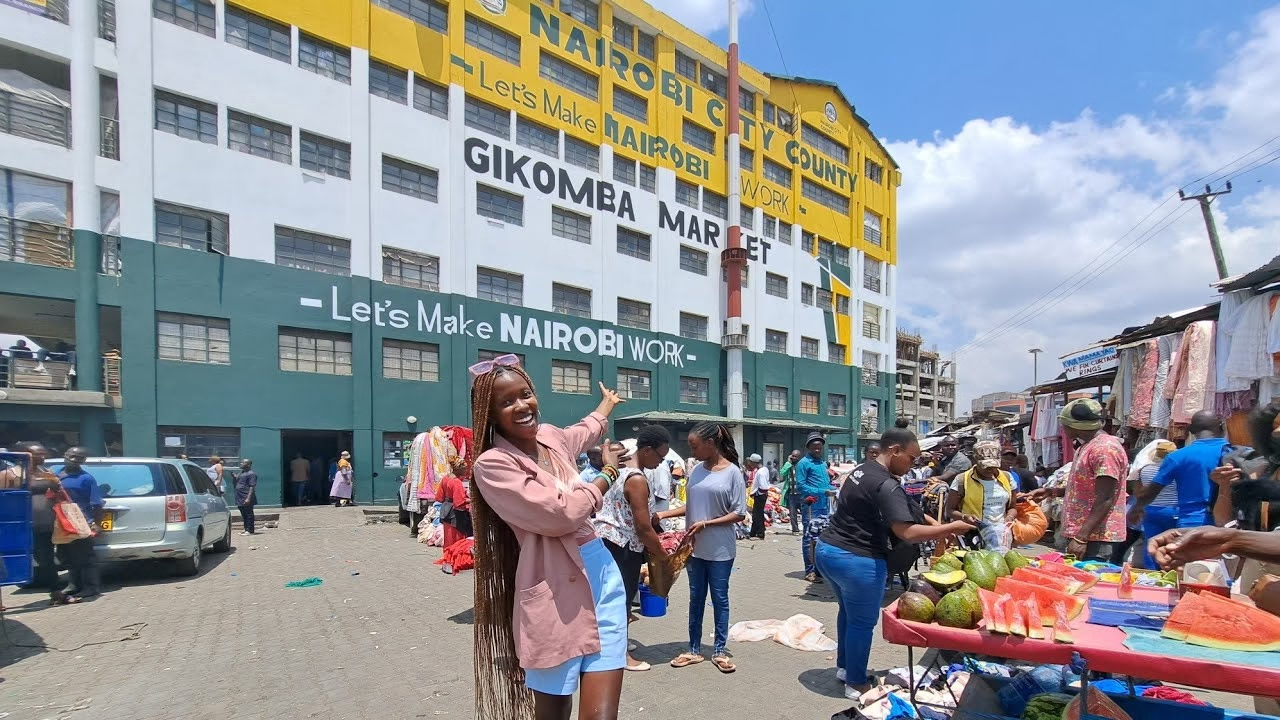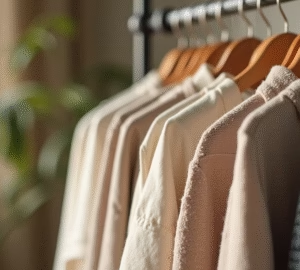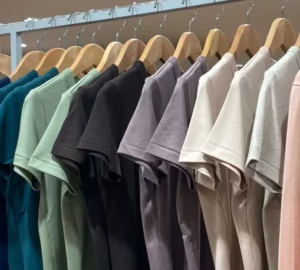In Kenya, mitumba (second-hand clothes) is more than just a budget-friendly option; it’s a vibrant, thriving industry deeply woven into the fabric of daily life. From the bustling Gikomba market in Nairobi to local mabati shops in every town, mitumba offers an incredible array of fashion, often at unbeatable prices, making it a sustainable and stylish choice for many. However, navigating the world of mitumba requires a keen eye, patience, and a few smart strategies to unearth those hidden gems.
At Retail Place, we celebrate smart shopping and unique finds. This comprehensive guide will equip you with essential mitumba shopping tips to help you bag the best deals, discover quality pieces, and make your second-hand shopping experience in Kenya truly rewarding.
Why Mitumba is a Smart Choice for Kenyans
- Affordability: The primary draw. You can often find high-quality, branded, or even designer items at a fraction of their original cost.
- Unique Finds: Mitumba offers unique styles and pieces that you won’t find in fast-fashion stores, allowing you to build a distinctive wardrobe.
- Sustainability: Buying second-hand is an eco-friendly choice, reducing textile waste and extending the life cycle of clothing.
- Quality: Many mitumba clothes are from Western countries where quality standards can be higher than some new, mass-produced items available locally. You can find durable fabrics and well-made garments.
- Variety: From everyday wear to formal attire, sportswear, and even accessories, the range of mitumba is vast.
Essential Mitumba Shopping Tips: Becoming a Savvy Shopper
Mastering the art of mitumba shopping requires a strategic approach.
1. Know Your Timing & Location
- Early Bird Catches the Worm (or the Best Bale): If you’re looking for the absolute freshest stock, especially after a new bale has been opened (fagia), arrive early in the morning, sometimes even before the vendors fully set up. This is when the best quality and unique items are most likely to appear. Be prepared for crowds and a bit of a scramble.
- Off-Peak for Bargains: If you’re looking for rock-bottom prices, visit later in the day, especially on weekdays. Vendors might be more willing to negotiate as they try to clear stock.
- Choose Your Market Wisely:
- Gikomba Market (Nairobi): The mecca of mitumba. Offers the widest variety and potentially the lowest prices, but it’s vast, often muddy, and can be overwhelming. Best for seasoned mitumba shoppers.
- Toi Market (Nairobi): Known for slightly better organization and a wider selection of women’s wear, shoes, and accessories. Still bustling but a bit more manageable than Gikomba.
- Ngara/Kamukunji (Nairobi): Good for specialized items like shoes, bags, and sometimes children’s clothes.
- Local Mabati Shops/Stalls: Found in almost every estate and town. Convenient for quick Browse and often have friendly vendors. Prices might be slightly higher than major markets but offer easier access.
2. Dress the Part & Come Prepared
- Comfort is Key: Wear comfortable, loose-fitting clothes and closed-toe shoes (ideally old ones). You’ll be doing a lot of walking, bending, and sifting through piles.
- Travel Light: Avoid carrying large bags. Use a cross-body bag or backpack to keep your valuables secure and hands free.
- Carry Small Denominations: Most mitumba vendors prefer cash, and having small notes (KSh 50, KSh 100, KSh 200) makes transactions smoother and negotiation easier.
- Bring a Large Reusable Bag: For carrying your purchases.
- Sun Protection: A hat and sunscreen are advisable, especially if shopping in open-air markets during sunny weather.
3. Inspect, Inspect, Inspect!
This is the most critical step for quality control. Don’t be shy about thoroughly examining each item.
- Check for Stains: Look for stubborn stains (oil, bleach, sweat) that might not come out. Pay attention to collars, armpits, and cuffs.
- Look for Tears & Holes: Examine seams, armpits, knees (for trousers), and hems. Small tears might be fixable, but large ones reduce value.
- Buttons, Zippers, & Fastenings: Ensure all buttons are present and secure. Test zippers multiple times – a faulty zipper can be a costly repair. Check clasps on bags and shoes.
- Elasticity: For items with elastic (waistbands, cuffs), check if the elastic is still springy or if it has lost its stretch.
- Fabric Quality: Feel the fabric. Is it still durable? Does it feel worn out? Check for pilling or thinning.
- Odour: Give the item a quick sniff. While mitumba often has a distinct “warehouse” smell, avoid anything with strong musty, smoky, or chemical odors that might be difficult to remove.
4. The Art of Negotiation!
Bargaining is a core part of the mitumba experience.
- Start Lower: Always offer less than the initial asking price. A good starting point is usually 30-50% off, depending on the item and the vendor.
- Buy in Bulk: If you’re buying multiple items from the same vendor, you have more leverage for a discount.
- Be Polite and Friendly: A good attitude goes a long way. A warm “Habari yako” can open the door to better deals.
- Be Prepared to Walk Away: If the price isn’t right, don’t be afraid to walk away. Sometimes, the vendor will call you back with a better offer.
- Know Your Value: Research prices for similar new items online to have a baseline understanding of what a good mitumba deal is.
5. Think Beyond the Tag & Be Creative
- Ignore the Size Tag: Mitumba sizes can be inconsistent due to varying international sizing standards. Always try on clothes if possible, or hold them up against yourself.
- Look for Brands You Know: If you recognize a brand, it can be an indicator of quality, but don’t limit yourself to only known brands.
- Consider Upcycling/Alterations: See the potential! A slightly-too-long dress can become a trendy top, or a pair of jeans can be cut into shorts. Factor in the cost of alteration if needed.
- Look for Fabrics: Prioritize natural fabrics like cotton, linen, silk, and wool, which tend to be more durable and comfortable than synthetics.
6. Hygiene is Paramount
- Wash Immediately: Always, always wash your mitumba purchases thoroughly before wearing them. Use a good detergent and hot water if the fabric allows.
- Disinfect Shoes/Bags: For shoes and bags, use disinfectant sprays or wipes. Air them out thoroughly.
Mitumba shopping in Kenya is an adventure. With these mitumba shopping tips, you’re well-equipped to navigate the markets, uncover incredible finds, save money, and contribute to a more sustainable fashion cycle. Happy hunting, and may your basket be filled with treasures!








